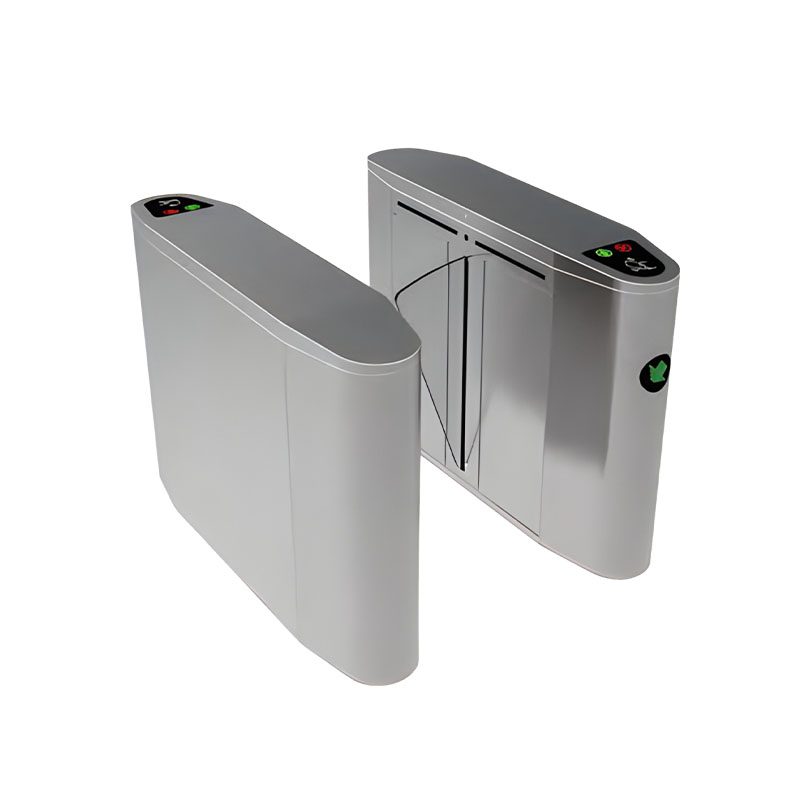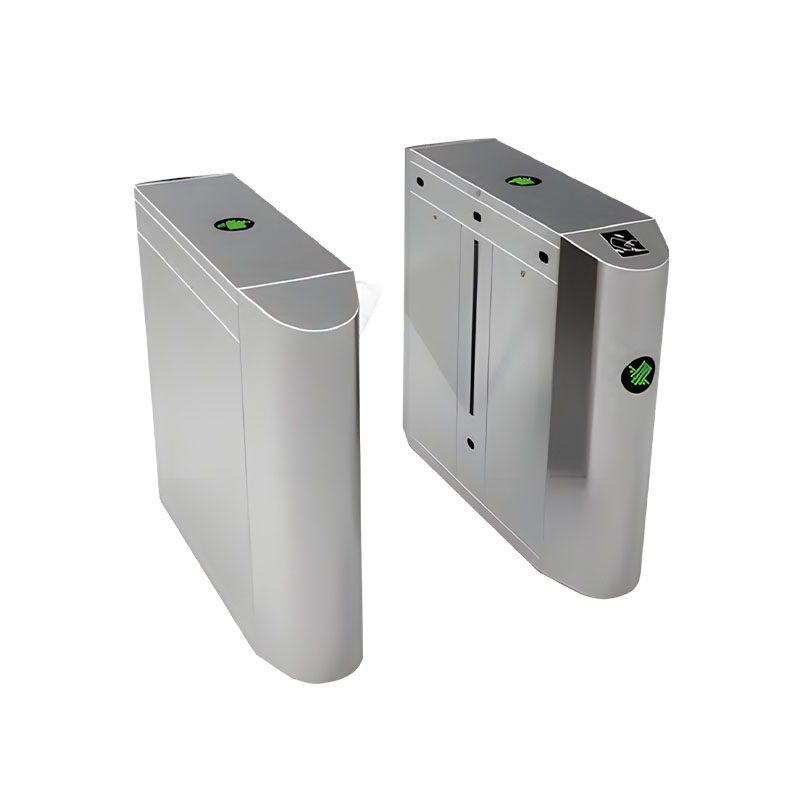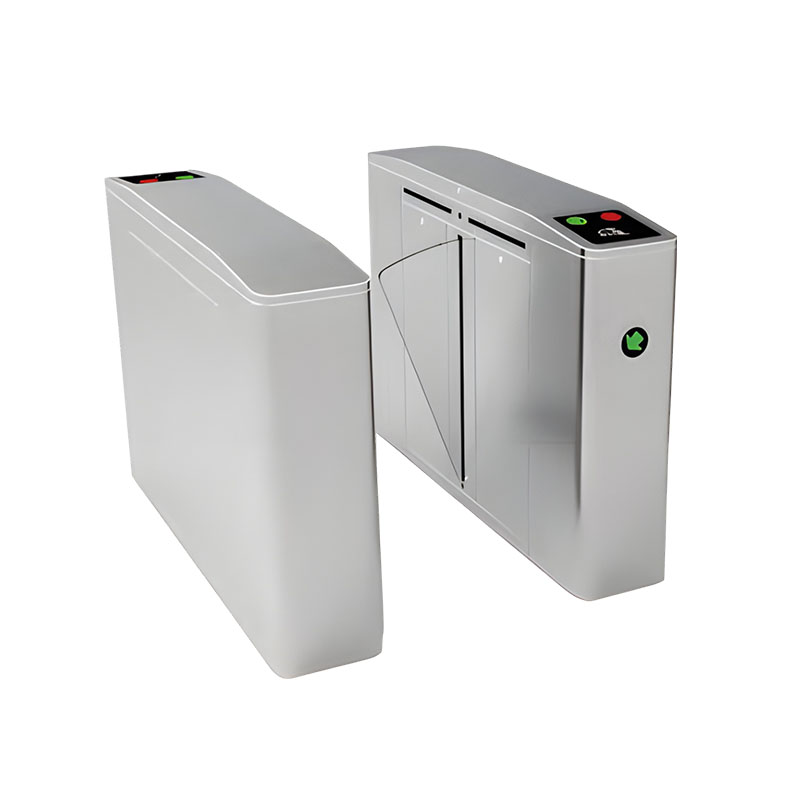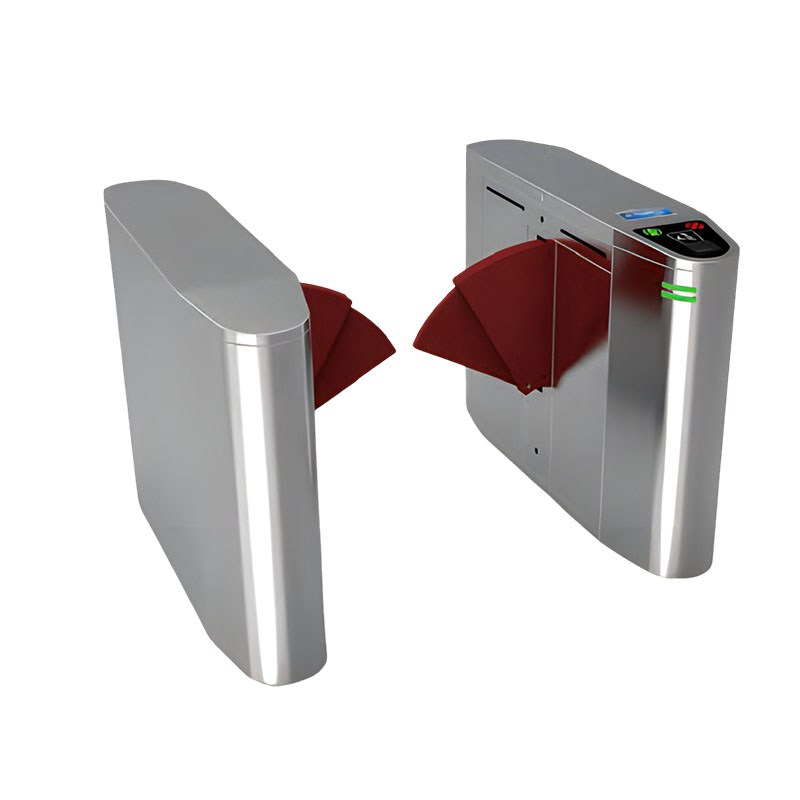How does the pedestrian access gate take into account the needs of special groups?
Release Time : 2025-01-06
In modern urban life, pedestrian access gates are a common access management device, and their importance is self-evident. However, for special groups such as the elderly, the disabled, children, and passengers carrying large luggage, traditional pedestrian access gates may cause many inconveniences. Therefore, barrier-free design has become an important direction for the development of pedestrian access gates.
Barrier-free design emphasizes people-orientedness and ensures that everyone can use public facilities equally, safely, and conveniently. In the design of pedestrian access gates, this is mainly reflected in the following aspects:
First, the size and layout of the gates must fully consider the passage needs of special groups. For example, wide-channel gates are set up to facilitate the passage of wheelchairs, baby strollers, and passengers carrying large luggage. At the same time, the spacing between gates should also be moderate to avoid congestion and safety hazards.
Secondly, optimize the operation of the gates to make them more intuitive and simple. For people with visual or hearing impairments, voice prompts and touch-screen operation interfaces can be provided to help them complete the passage operation independently. In addition, an emergency call button can be set up to seek help in an emergency.
Furthermore, necessary auxiliary facilities such as handrails, ramps, etc. should be set up around the gate to provide additional support and convenience. The design of these facilities must comply with ergonomic principles to ensure comfort and safety during use.
Finally, barrier-free design also needs to consider the impact of environmental factors on the passage of special people. For example, in bad weather conditions such as rainy or snowy days, the gate area should be ensured to be non-slip and water-proof to prevent special people from falling due to slippery ground.
In summary, the application of barrier-free design in pedestrian access gates is crucial. Through reasonable pedestrian access gate and layout, optimized operation methods, and the setting of auxiliary facilities, we can provide special people with a more convenient, safe and comfortable passage environment. This is not only a respect for the rights and interests of special people, but also an important manifestation of social civilization and progress.
Barrier-free design emphasizes people-orientedness and ensures that everyone can use public facilities equally, safely, and conveniently. In the design of pedestrian access gates, this is mainly reflected in the following aspects:
First, the size and layout of the gates must fully consider the passage needs of special groups. For example, wide-channel gates are set up to facilitate the passage of wheelchairs, baby strollers, and passengers carrying large luggage. At the same time, the spacing between gates should also be moderate to avoid congestion and safety hazards.
Secondly, optimize the operation of the gates to make them more intuitive and simple. For people with visual or hearing impairments, voice prompts and touch-screen operation interfaces can be provided to help them complete the passage operation independently. In addition, an emergency call button can be set up to seek help in an emergency.
Furthermore, necessary auxiliary facilities such as handrails, ramps, etc. should be set up around the gate to provide additional support and convenience. The design of these facilities must comply with ergonomic principles to ensure comfort and safety during use.
Finally, barrier-free design also needs to consider the impact of environmental factors on the passage of special people. For example, in bad weather conditions such as rainy or snowy days, the gate area should be ensured to be non-slip and water-proof to prevent special people from falling due to slippery ground.
In summary, the application of barrier-free design in pedestrian access gates is crucial. Through reasonable pedestrian access gate and layout, optimized operation methods, and the setting of auxiliary facilities, we can provide special people with a more convenient, safe and comfortable passage environment. This is not only a respect for the rights and interests of special people, but also an important manifestation of social civilization and progress.







